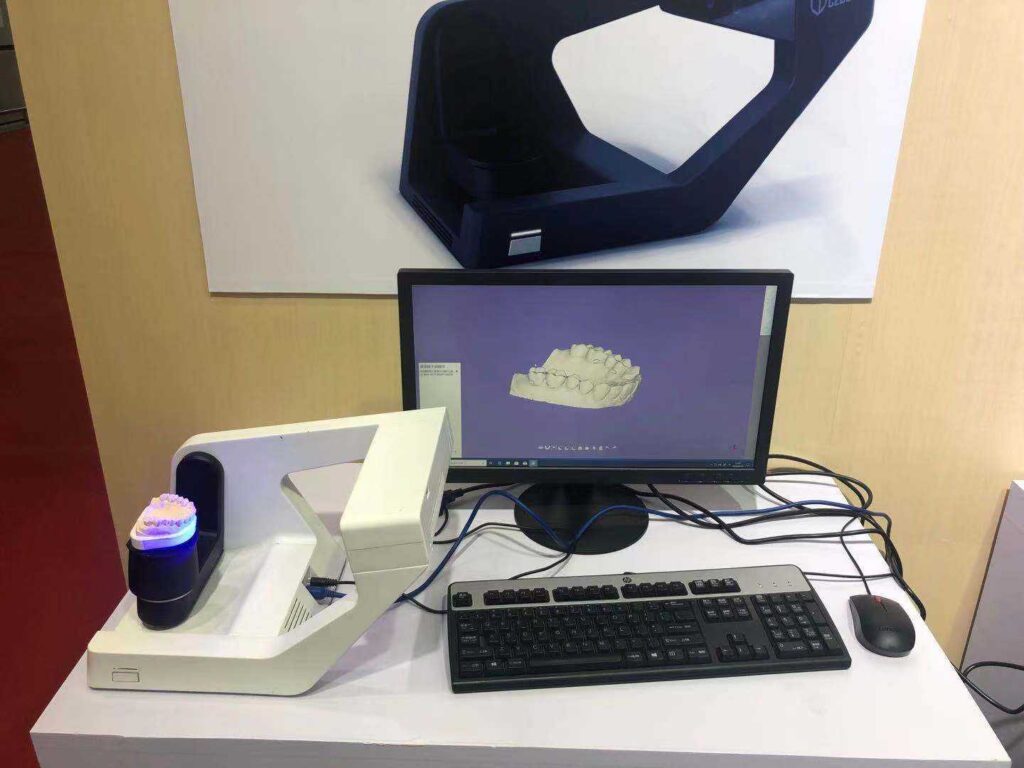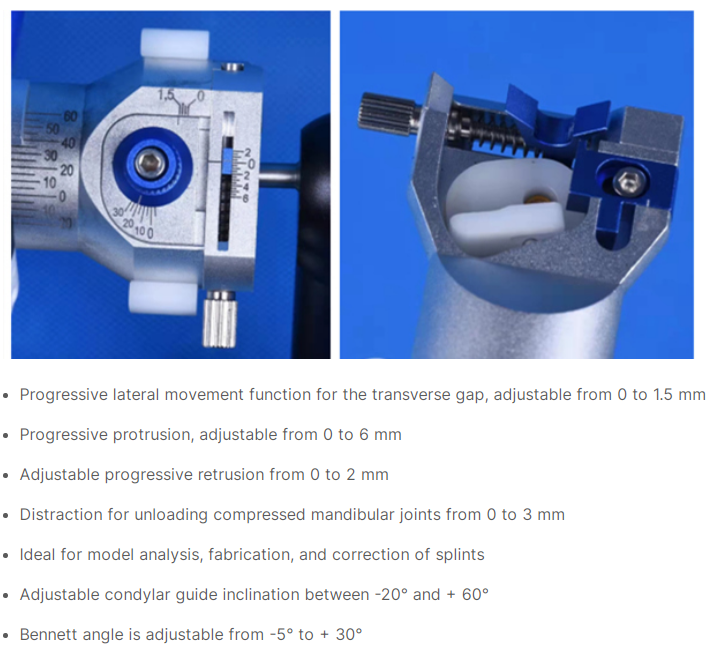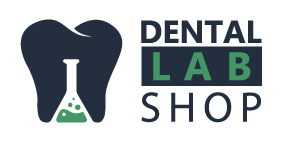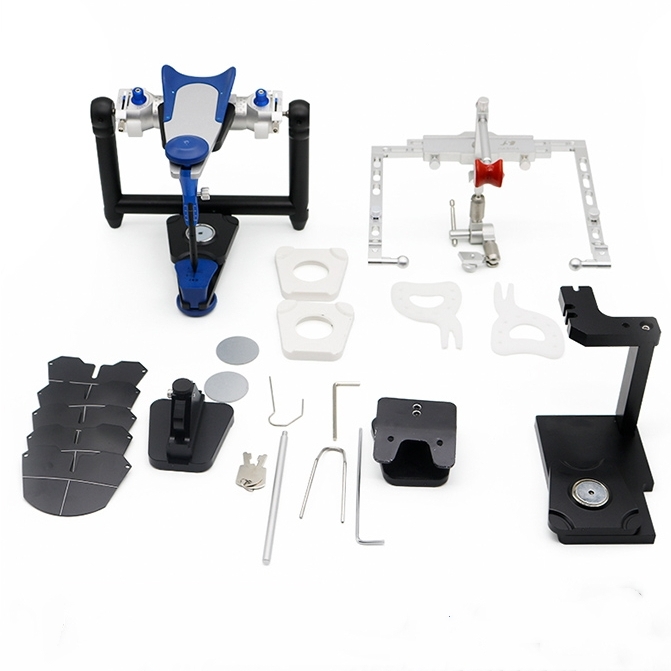The evolution of dental technology has brought us to an interesting crossroads where digital workflows meet traditional techniques. Let’s explore how modern digital solutions and conventional physical articulators each play crucial roles in delivering optimal dental care.
Digital Impression Systems: The New Frontier
Intraoral Scanners in Clinical Practice-Today’s dental offices are increasingly equipped with intraoral scanners, offering numerous advantages:
- Immediate visualization of preparations
- Real-time adjustment capability
- Enhanced patient communication
- Digital storage and easy case sharing
- Elimination of physical impression materials
- Improved patient comfort
- Reduced material costs and storage needs


Desktop Scanners in Dental Laboratories- Modern dental laboratories have embraced digital technology with sophisticated desktop scanners that offer:
- High precision scanning of physical models
- Ability to digitize traditional impressions
- Enhanced accuracy for complex restorations
- Digital design flexibility
- Streamlined workflow management
- Efficient case documentation
- Quick reproduction capability


Virtual Articulators: The Digital Advantage
Virtual articulation systems have revolutionized certain aspects of dental workflow:
- Immediate visualization of occlusal relationships
- Digital measurement tools for precise adjustments
- Easy sharing of articulation data between clinic and lab
- Virtual simulation of jaw movements
- Efficient design modifications
- Reduced physical storage requirements
- Integration with CAD/CAM systems
Physical Articulators: The Gold Standard
Despite digital advances, premium fully adjustable physical articulators remain essential for several reasons:
Precise Movement Replication Modern physical articulators offer sophisticated adjustability:
- Progressive lateral movement (0-1.5mm transverse gap)
- Adjustable protrusion (0-6mm)
- Progressive retrusion (0-2mm)
- Distraction capability (0-3mm) for TMJ decompression
- Condylar guide inclination (-20° to +60°)
- Bennett angle adjustment (-5° to +30°)

Tactile Advantages Physical articulation provides unique benefits:
- Direct tactile feedback for occlusal adjustments
- Real physical verification of contact points
- Ability to detect subtle interferences
- Hands-on evaluation of excursive movements
- Immediate verification of prosthetic fit
The Critical Role of Facebow Transfer
The facebow remains a crucial tool for accurate articulation:
- Precise transfer of patient’s maxillomandibular relationship
- Correct orientation of occlusal plane
- Accurate mounting of models
- Essential for complex full-mouth rehabilitation
- Critical for aesthetic anterior cases
Finding the Right Balance: A Hybrid Approach
Modern dental practices and laboratories are discovering that the optimal workflow often combines both digital and physical techniques:
Initial Phase:
- Digital impressions for case documentation
- Virtual design and planning
- Preliminary occlusal analysis
- Treatment visualization
- Case communication
Verification Phase:
- Physical articulation for complex cases
- Tactile verification of occlusion
- Final adjustments
- Patient-specific customization
- Quality control
Best Practices for Implementation
For Dental Clinics:
- Invest in quality intraoral scanning technology
- Maintain a premium physical articulator system
- Ensure proper facebow registration techniques
- Establish clear communication protocols with laboratories
- Document both digital and physical workflows
For Dental Laboratories:
- Utilize high-precision desktop scanners
- Maintain calibrated physical articulators
- Implement systematic quality control procedures
- Develop expertise in both digital and physical workflows
- Maintain clear communication channels with clinics
Looking Ahead
While digital technology continues to advance, the dental profession benefits most from embracing both virtual and physical articulation methods. The key lies in understanding when to apply each technique:
Digital Workflows Excel In:
- Initial case planning
- Simple restorative cases
- Patient communication
- Case documentation
- Efficient design iterations
Physical Articulation Remains Essential For:
- Complex rehabilitation cases
- TMJ disorders
- Unusual occlusal patterns
- Final verification
- Teaching and training
By understanding and utilizing both digital and physical techniques appropriately, dental professionals can provide optimal care while maintaining efficiency and accuracy in their daily practice.
Remember: The goal is not to replace traditional techniques entirely but to enhance our capabilities by integrating digital technologies where they provide clear advantages while maintaining the irreplaceable benefits of physical articulation where necessary.


